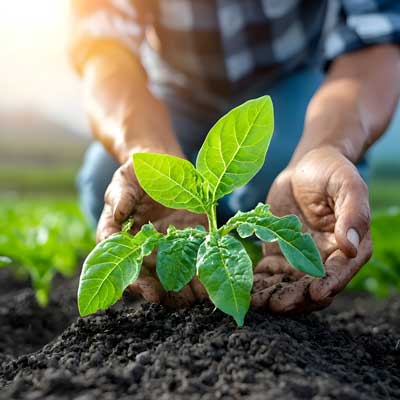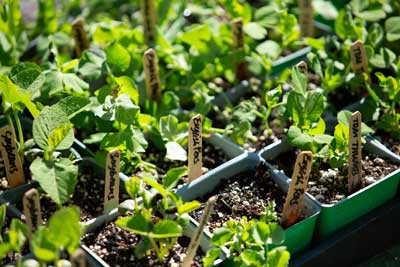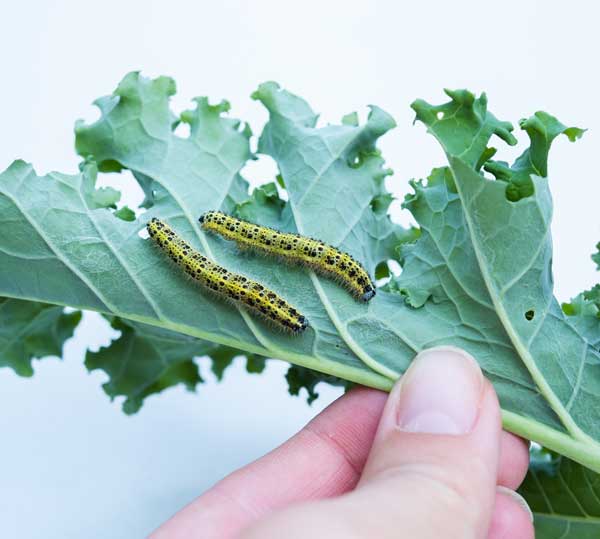Raising plants from seeds is a rewarding and cost-effective way to cultivate your garden. By starting from seeds, you have access to a wider variety of plants than those typically available as seedlings. This guide will walk you through the essential steps to successfully raise seeds, including creating your own seed raising mix and employing the best methods for germination.
Understanding Seed Germination
Seed germination is the process by which a seed develops into a new plant. For successful germination, seeds require three main factors:
- Moisture: Softens the seed coat, allowing the embryo to grow.
- Air: Provides oxygen necessary for respiration and energy release.
- Warmth: Activates enzymes that stimulate growth.
Ensuring these conditions will set the foundation for healthy seedlings.
How to Make Seed Raising Mix
A quality seed raising mix is crucial for providing the right environment for seeds to germinate. You can create your own organic mix using the following components:
- Coco Coir: Retains moisture and provides a light texture.
- Perlite: Enhances aeration and drainage.
- Vermiculite: Holds moisture and nutrients.
- Worm Castings (optional): Adds nutrients to support early growth.
To prepare the mix:
- Combine equal parts of coco coir, perlite, and vermiculite.
- Add a handful of worm castings if desired.
- Mix thoroughly until well combined.
- Moisten the mixture until it holds together without dripping water.
- Fill your seed trays or pots with the prepared mix.
This homemade mix ensures a well-draining, nutrient-rich environment for your seeds.
Best Ways to Raise Seeds
There are several methods to sow seeds, each suited to different plant types and growing conditions:
Direct Sowing
 Planting seeds directly into the garden soil is ideal for plants that do not transplant well, such as carrots and beans. To direct sow:
Planting seeds directly into the garden soil is ideal for plants that do not transplant well, such as carrots and beans. To direct sow:
- Choose a sunny spot with well-draining soil.
- Prepare the soil by removing weeds and loosening it with a fork.
- Sow seeds at the depth specified on the seed packet.
- Water gently to avoid displacing seeds.
Seedbeds
A seedbed is a dedicated area in your garden for raising seedlings before transplanting them to their final location. This method allows for intensive care in a small space. To create a seedbed:
- Select a sunny area with good drainage.
- Dig the soil thoroughly to a fine tilth.
- Sow seeds in rows, following packet instructions for spacing and depth.
- Water gently and keep the soil consistently moist.
Container Sowing
 Starting seeds in containers or trays is beneficial for plants that require controlled conditions or have a long growing season. To sow in containers:
Starting seeds in containers or trays is beneficial for plants that require controlled conditions or have a long growing season. To sow in containers:
- Fill seed trays or pots with your seed raising mix.
- Sow seeds at the appropriate depth.
- Label each container with the plant name and sowing date.
- Water gently and cover with a clear lid or plastic wrap to maintain humidity.
- Place containers in a warm, well-lit area, avoiding direct sunlight initially.
Watering
Consistent moisture is vital for seed germination. However, overwatering can lead to fungal diseases. Tips for proper watering include:
- Use a fine mist or gentle spray to water newly sown seeds.
- Keep the soil moist but not waterlogged.
- Ensure containers have drainage holes to prevent water accumulation.
Transplanting
Once seedlings have developed true leaves and are sturdy enough to handle, they can be transplanted to their final growing positions. Steps for transplanting:
- Harden off seedlings by gradually exposing them to outdoor conditions over a week.
- Choose a cloudy day or late afternoon to minimize transplant shock.
- Prepare the planting site by loosening soil and adding compost.
- Gently remove seedlings from their containers, handling by the leaves to avoid damaging stems.
- Plant at the same depth they were growing in their containers.
- Water thoroughly after transplanting.
Seed Storage
Proper storage of unused seeds ensures viability for future planting. Guidelines for seed storage:
- Keep seeds in a cool, dry place away from direct sunlight.
- Store seeds in labeled, airtight containers to prevent moisture ingress.
- Include the date of purchase or collection on labels to monitor seed age.
By following these methods, you can effectively raise healthy seedlings ready for transplanting into your garden.
Common Challenges and Solutions
Even experienced gardeners face problems when raising seeds. Here are some common issues and how to fix them:
 Seeds Not Germinating
Seeds Not Germinating
- Check that the seeds are still within their viable period.
- Ensure the soil mix is moist but not soaked.
- Keep seeds warm; many need temperatures around 18–24°C to germinate.
Seedlings Are Weak or Spindly
- They may not be getting enough light—move them to a sunnier spot or use a grow light.
- Overcrowding can cause weak stems—thin out seedlings if needed.
Fungal Problems (Damping-Off)
- Use clean containers and fresh seed raising mix.
- Avoid overwatering and allow air to circulate around seedlings.
Pests
- Watch for snails, slugs, or aphids attacking tender seedlings.
- Use physical barriers, natural sprays, or beneficial insects to control them.
Conclusion
Raising seeds is a fun and educational way to grow your own food and flowers. With the right mix, proper care, and attention to detail, anyone can grow strong, healthy plants from seed. Try making your own seed raising mix, experiment with different sowing methods, and enjoy the journey from seed to harvest.
Click here to download your FREE Seed Raising Guide.

